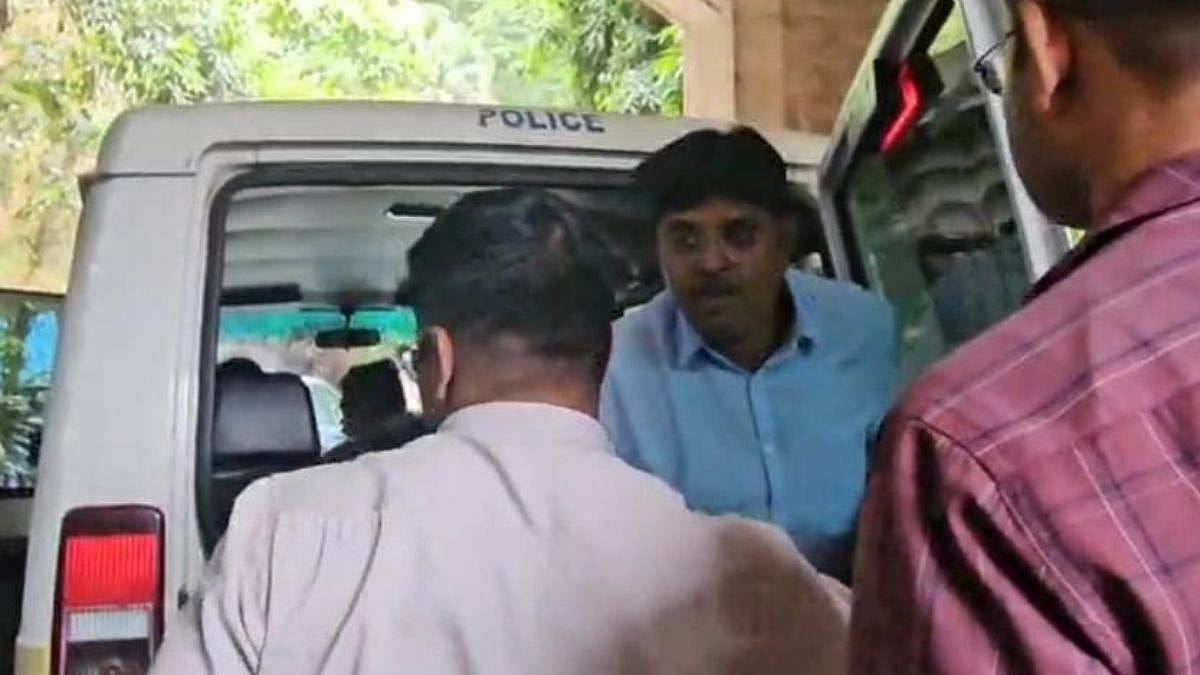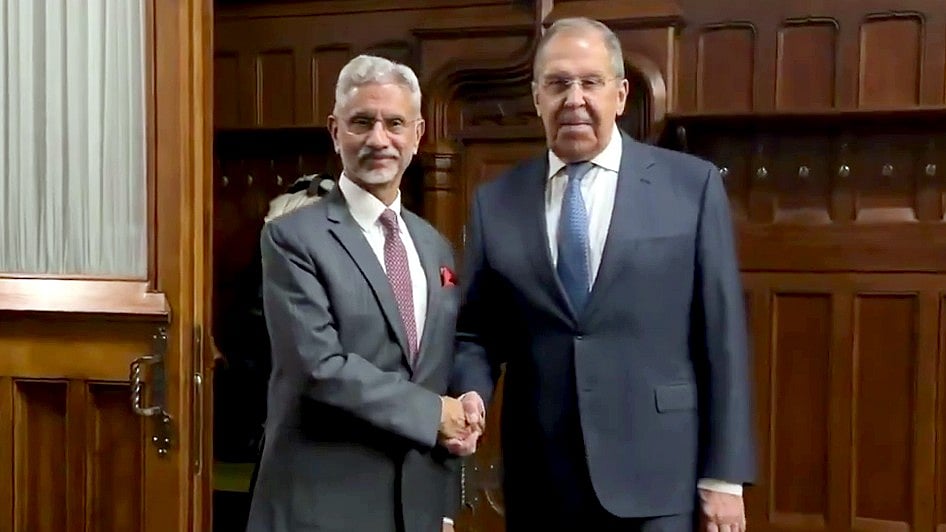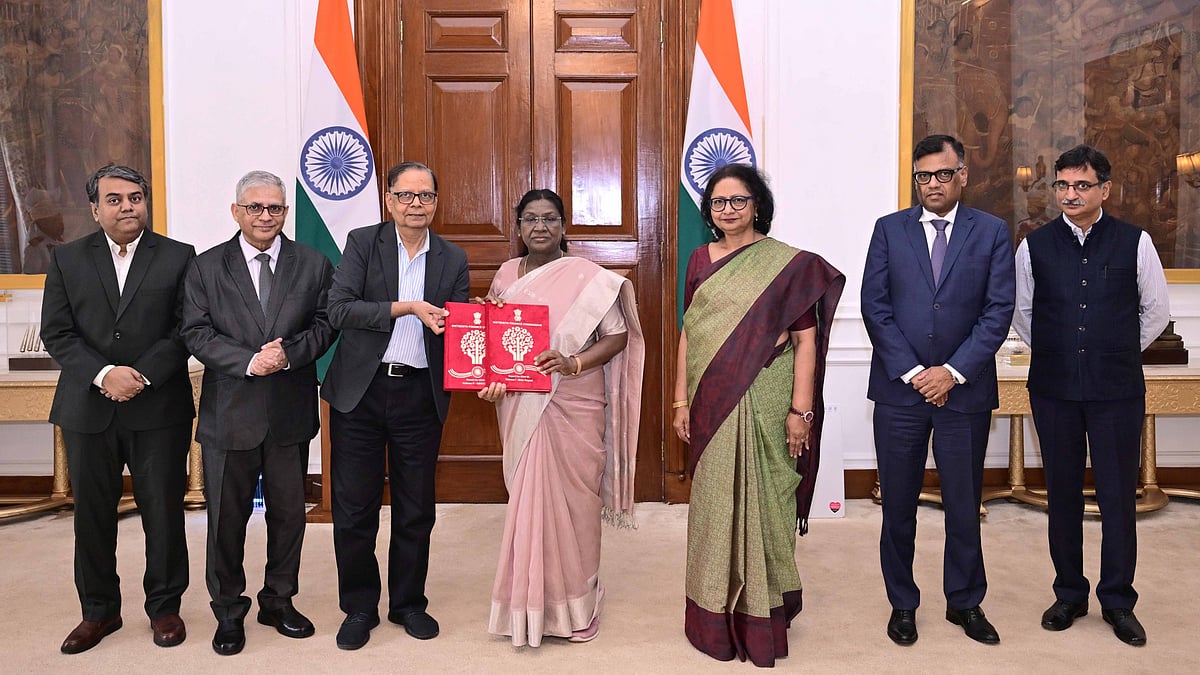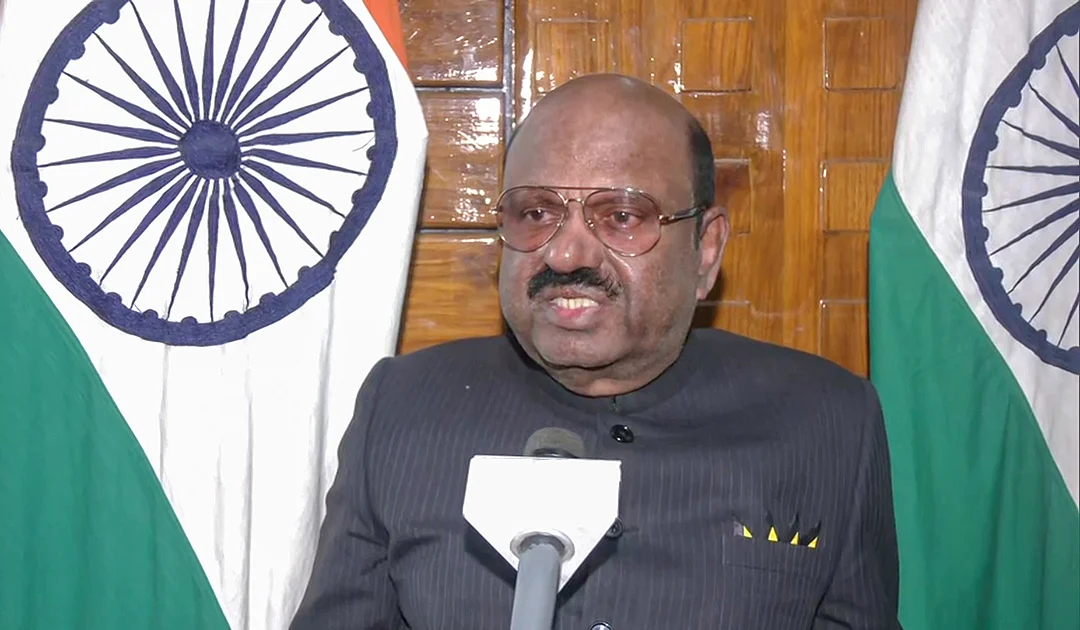Faizabad: The grand inauguration of the Ram Mandir by Prime Minister Narendra Modi on January 22 has brought Ayodhya into the international spotlight. However, the electoral dynamics in this Lok Sabha constituency extends beyond temple politics, and is deeply entwined with intricate caste equations.
This high-profile seat, still known by its old name of Faizabad, presents an intriguing contest among BJP's Thakur candidate Lallu Singh, SP's (INDIA bloc) Dalit candidate and sitting MLA Awadhesh Prasad, and BSP's Brahmin candidate Sachhidanand Pandey. Pandey switched from the BJP to the BSP before the elections to capitalize on the Brahmin vote bank.

Ayodhya is synonymous with Lord Ram. But when it comes to elections, 'Ram Naam' is not enough. The 'jaati' of the candidates also matters, said Rajesh N. Bajpyee, a political analyst. He pointed out that despite Ayodhya's association with the BJP due to its long-standing advocacy of Ram Temple, the electoral reality is more complex.
"Since 1989, the BJP has won only four out of eight Lok Sabha elections here. Lallu Singh and Vinay Katiyar each won twice. Mitrasen Yadav won three times twice on an SP ticket and once as a CPI candidate. The SP had also won the seat in 2009," Bajpayee explained.
Transformation Of Ayodhya Since The Consecration Of Ram Mandir
Locals attest that Ayodhya has transformed since the consecration of Lord Ram. The city is now bustling with traffic and congested gullies are filled with pilgrims from across the country. The once tranquil 13-km road connecting Ayodhya with Faizabad, rechristened Ram Path, has become a vibrant hub and is likened to Connaught Place in Delhi. The Ram Path has become the city's lifeline, with prominent eateries, big merchandise shops, and business centers. The quaint shops of yesteryears selling memorabilia have transformed into posh outlets adorned with models of the Ram Temple, saffron flags, and other Hindu souvenirs, said B. P. Singh, a local resident.

Caste Dynamics
Despite the overweening impact of saffron politics, caste dynamics are crucial in the Faizabad Lok Sabha seat, which votes on May 20 in the fifth phase. Prime Minister Modi underscored the BJP's focus on this constituency with a roadshow on May 5, supporting Lallu Singh's bid for a third consecutive term.
Dalits, who make up 26% of the constituency's population, are a key imponderable, mainly comprising the Rawat, Chamar, and Kori communities. SP candidate Awadhesh Prasad, a seasoned politician and the party's Dalit face, is contesting from here. Prasad, the SP MLA from Milkipur, has had a long political career since his first assembly win in 1977. After losing the 2017 assembly election, Prasad reclaimed the Milkipur seat in 2022. Meanwhile, former BJP leader Sachhidanand Pandey is the BSP's candidate, representing Brahmin interests.

The upper caste predominantly supports the BJP, while Dalits and Muslims are likely to back the INDIA bloc candidate, said Kamlesh Srivastava, a local journalist.
Veteran BJP leader Lallu Singh is relying on a unified Hindu vote to secure his seat. Singh's campaign, led by Kamla Kant, is based out of the party's office on Ram Path. Despite his strong local connections and presence at community events, Singh is actively canvassing to retain his position.
Caste Composition Of The Faizabad Constituency
The caste composition of the Faizabad constituency includes 26% Dalits (Rawat, Chamar, Kori), 14% Muslims, 12% Kurmi, 12% Yadav, 12% Brahmin, 6% Rajput, 4% Vaish, 5% Kewat/Mallah/Nishad, and 12% other OBCs.
This diverse demographic will play a critical role in the upcoming election. With Ayodhya strategically placed at an intersection of religion and politics, the Faizabad Lok Sabha seat has become a focal point in the 2024 elections.









